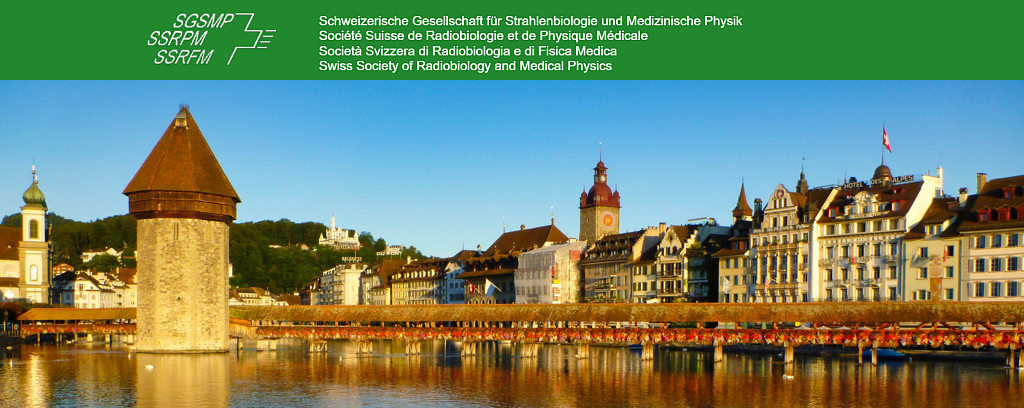Speaker
Description
Purpose: To develop a versatile dose calculation framework for very high energy electron (VHEE) beams on patient CTs using various Monte Carlo (MC) codes and to compare their dose distributions and calculation times.
Methods: MC dose distributions of mono-energetic electron beams with energies 10-250 MeV, defined by a rectangular shape (10 x 10 cm2, parallel incidence) and impinging frontally onto a patient’s chest are calculated. VMC++, EGSnrc, Geant4 using option EMZ, and Geant4 using option PENELOPE are used for dose calculation. Each calculation considers ten million particle histories (statistical uncertainty <1.5%) and runs parallelly on 10 CPUs (Ubelix HPC Cluster, AMD EPYC 7742, 2.25 GHz). Dose distributions are compared per energy using integrated depth-dose curves and lateral-dose profiles normalized to dose maximum. Total calculation times are logged.
Results: Dose maximums range between 4.1-17.1 cm inside the patient for energies up to 100 MeV and locate at the beam exit from the patient (22.7-23.2 cm) for higher energies. Integrated depth-dose curves from different MC codes agree within 4.6% (global), with the greatest difference between Geant4-EMZ and VMC++ for 40 MeV. Integrated lateral-dose profiles agree within 1.3% (global) with the largest difference between Geant4-EMZ and VMC++ for 20 MeV. The differences occur at interfaces of different tissues (e.g., ribs and lung-tissue).
Computation times range between 0.1-0.2 h (VMC++), 3.5-10.7 h (EGSnrc), 11.2-25.0 h (Geant4-EMZ), and 13.3-28.1 h (Geant4-PENELOPE). Calculation time increases rapidly for energies below 70 MeV and slowly for higher energies for VMC++ and EGSnrc. For both Geant4 options, calculation times for 110-250 MeV are shorter by a maximum of 43% compared to the longest calculation time (100 MeV), likely due to limited patient thickness and electrons exiting the geometry without interacting.
Conclusion: An MC framework for VHEE dose calculations on patient CTs with different MC codes was successfully developed. Substantial dose differences at tissue interfaces and shorter calculation times at higher energies with Geant4 options are resulted for the considered case.
Disclosures: This work was supported by Varian Medical Systems.

